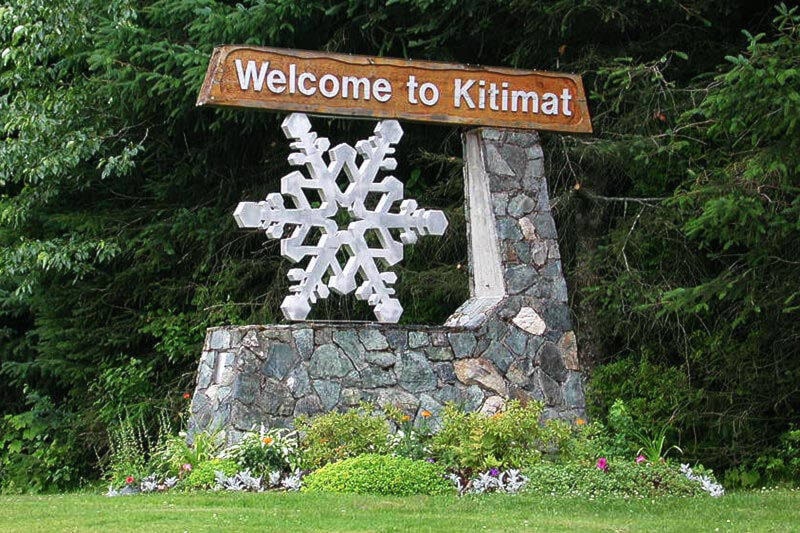In a bid to enhance its outreach with residents, the District of Kitimat recently completed its annual communications survey, shedding light on the public’s preferred information channels and interaction with municipal services.
The Economic Development & Communications Department presented its findings to district council at the March 25 regular council meeting.
With 81 responses this year, a decrease from the previous year’s 154, the survey indicates that 60 per cent of participants are over the age of 50.
Despite a broad promotional campaign, which included newsletter mail outs, ads in the Northern Connector and social media, the reason behind the reduced participation rwemains unclear.
The communications department suggested the transition from Survey Monkey to the district’s on website for survey hosting might have influenced response rates.
The results underscore a pivot in preference for receiving district-specific information, with the municipal Facebook page (80 per cent) overtaking the district’s official website, kitimat.ca (65 per cent), as the top choice among residents.
This digital shift mirrors broader trends, as “online news” and search engines gain traction, though “social media” and “friends and family” remain dominant information sources.
“It’s really good to know where people want to get their information, because we do hear a lot from the public that they didn’t know about (something),” said Councillor Graham Pitzel.
“It is unfortunate that we saw a drop in participation… but this does show there is a strong need to get information to them.”
Efforts to engage younger demographics have been proposed, with Councillor Martins advocating for survey distribution in high schools and exploring TikTok for outreach, aiming to connect with the under-19 sector and encourage post-secondary graduates to return to Kitimat.
To gauge the clarity and comprehensiveness of its communications, the district found that a majority of respondents view its messaging positively: 62 per cent affirmed the ease of understanding, and 55 per cent felt the communications offered sufficient information.
A smaller fraction of the community highlighted areas for improvement, with 11 per cent finding the content challenging to comprehend and 26 per cent indicating a need for more detailed communications.
The survey, conducted from Jan. 17 to Feb. 9, employed a variety of promotional methods to maximize reach, including local publications, social media platforms, and physical posters in community facilities.
